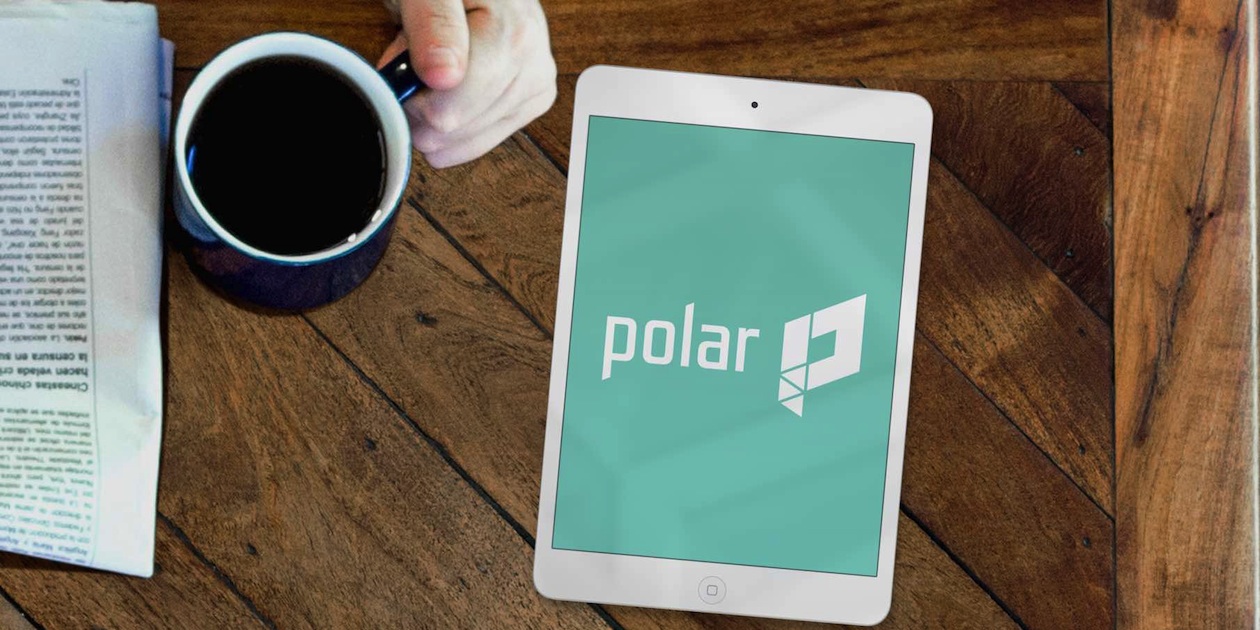A lot of ad tech companies have contributed to the hype around native advertising. But Polar has become a dominant force globally in this nascent field, both in terms of its vision for the future of content marketing and its success in converting legacy publishers to a new way of advertising.
When the company launched in 2007 in Toronto, it was called Polar Mobile. But as it evolved to focus on native (think high-touch, brand-sponsored content, not Facebook in-feed ads) it eventually dropped “mobile” from its name. Its flagship native content management system, MediaVoice, launched in 2013, completing its transition to a software-as-a-service company.
In the past two years, it’s rapidly become the leading (really, the only) native content management system for publishers. It’s currently used to power custom content programs used by publishers in Canada, the U.S., Europe and Australia, including The Globe and Mail, Postmedia, Toronto Star, Associated Press, Conde Nast, Forbes, Hearst, Newscorp, Slate, The Washington Post, AOL, and The Economist. As of November 2015, it’s served 15 billion native ad impressions globally.
For Polar, native advertising isn’t just about overcoming banner-blindness. It’s a way for media companies to revitalize their business model in the attention economy era. To that end, it doesn’t just provide technology, but resources for publishers and advertisers to learn how to use native content more effectively.
This fall, its thought leadership efforts culminated in the founding of a new global trade council — Publisher 2020 — made up of 14 global heavyweights like Conde Nast, Gannett, Refinery29 and Postmedia.
 Polar’s founder and CEO Kunal Gupta, who this year won an IAB Service Excellence Award for his contributions to the industry, says Publisher 2020 will have a broad mandate to discuss and develop research on all issues facing online media. It intends to address everything from how to deal with ad blocking to what makes someone a “publisher” in the digital age.
Polar’s founder and CEO Kunal Gupta, who this year won an IAB Service Excellence Award for his contributions to the industry, says Publisher 2020 will have a broad mandate to discuss and develop research on all issues facing online media. It intends to address everything from how to deal with ad blocking to what makes someone a “publisher” in the digital age.
“I think the Publisher 2020 initiative is an important show of trust and confidence of the industry,” he says. “A lot of people have raised their hand to say yes, count me in.”
Polar earned this position of trust on the back of its technology. Where most native ad tech companies have focused on helping advertisers promote their content by distributing it across hundreds or thousands of publishers, Polar has developed a platform for publishers to manage their own high-impact custom content programs — which ultimately provide a lot more value for advertisers, in terms of higher engagement and brand impact.
A big part of that extra impact comes from content optimization. Polar’s platform allows publishers to A/B test headlines and images for better interaction (leading to an average increase in engagement of 23% for campaigns using optimization). Another big draw is its clean and consistent reporting for native ad campaigns, which evaluates how much time and attention users spend on a piece of content once they’ve clicked through a headline.











